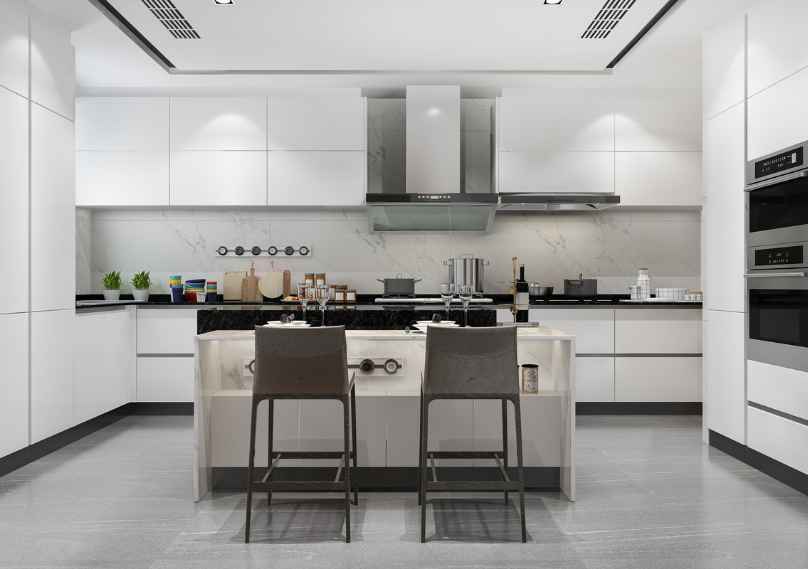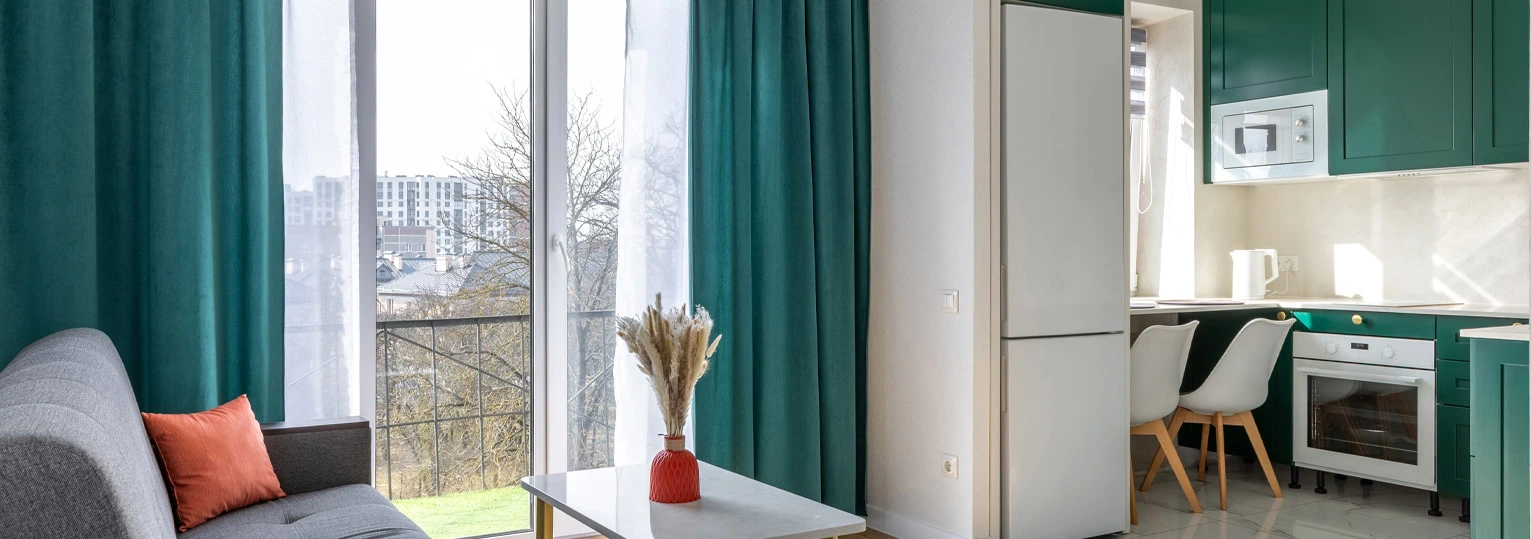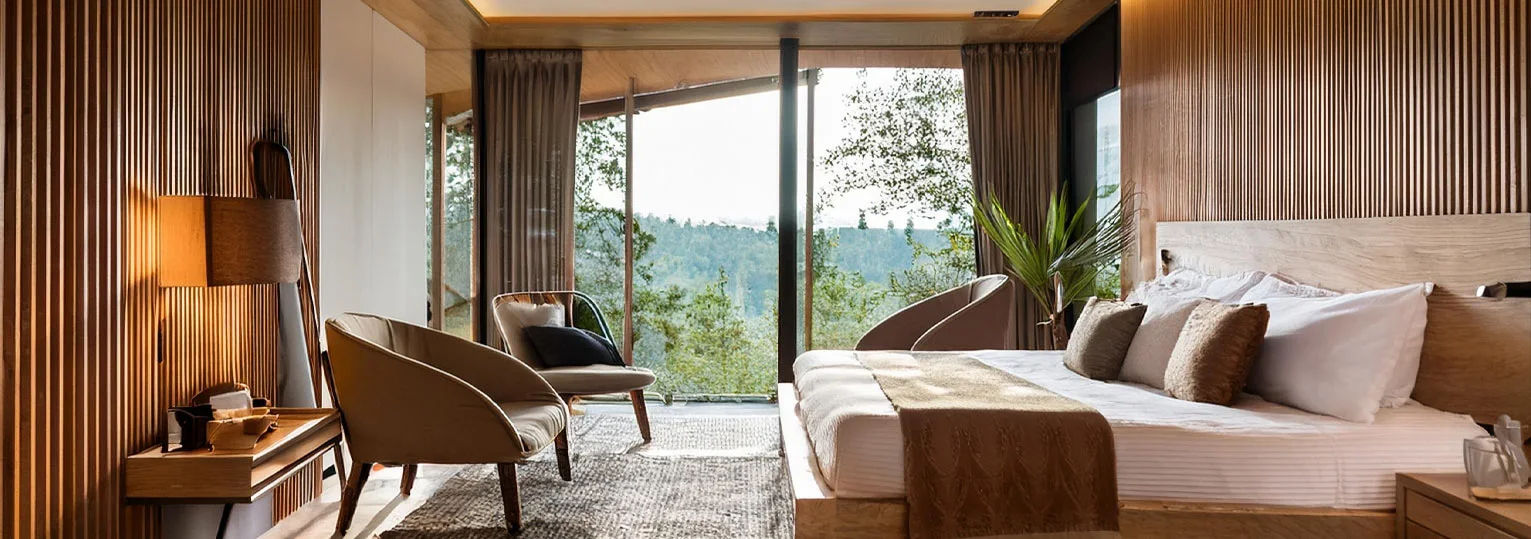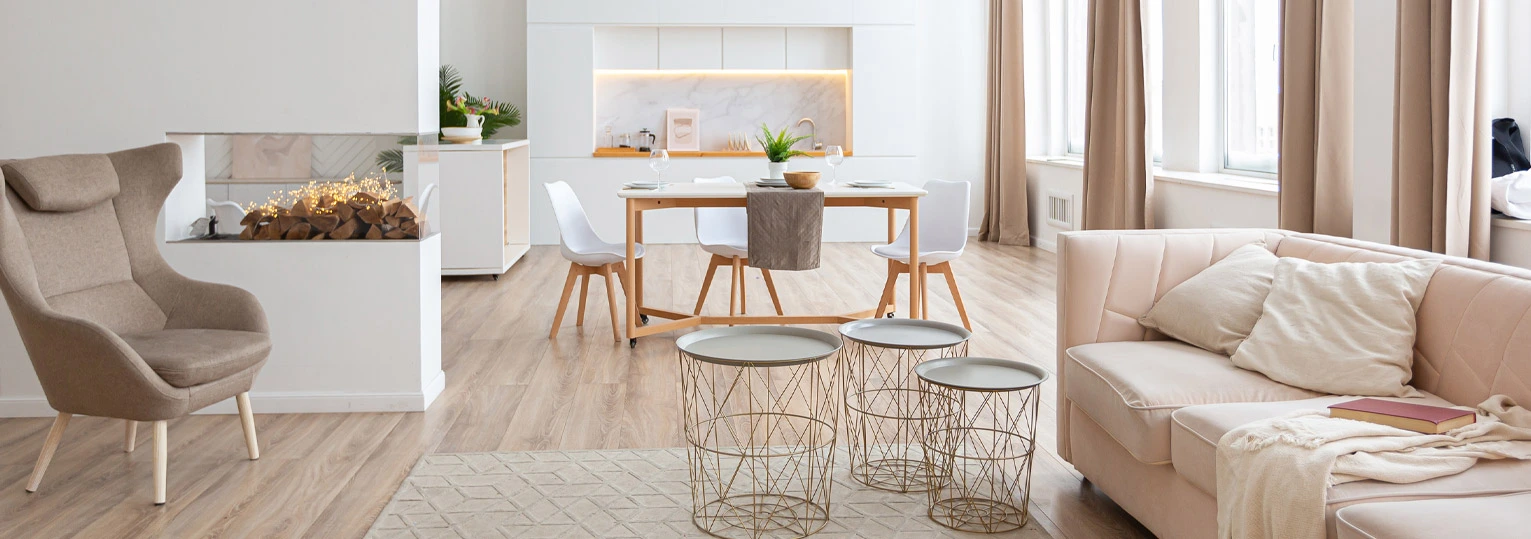Introduction
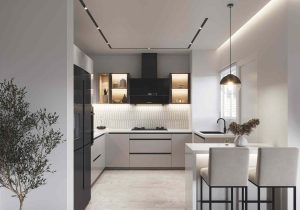
In the realm of contemporary living, the heart of every home is undoubtedly the kitchen. Over the years, kitchen design has evolved, and one trend that has taken the interior design world by storm is the advent of modular kitchens.
In this comprehensive guide, we will unravel the intricacies of modular kitchen design, from the general concept to specific styles such as small modular kitchens and the elegant L-shape modular kitchen. We’ll also delve into the fusion of Indian styles with modern design sensibilities to create the perfect space for culinary artistry and functionality.
Understanding Modular Kitchen Design
Introduction to Modular Kitchens
The term “modular” in the context of kitchens refers to the use of pre-fabricated units or modules that can be assembled together to create a highly functional and aesthetically pleasing kitchen space. This design approach allows for greater customisation and efficient utilisation of available space.
Advantages of Modular Kitchens
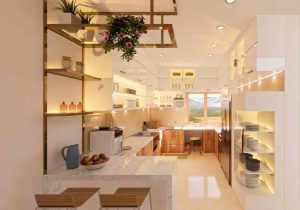
- Space Optimisation: Modular kitchens are designed to make the most of available space, especially in smaller homes or apartments.
- Easy Installation: The pre-fabricated nature of modular units makes installation faster and more convenient.
- Customisation: Homeowners have the flexibility to choose from a variety of modules, colours, and finishes to suit their preferences.
- Functionality: The design often incorporates clever storage solutions and ergonomic layouts, enhancing the overall functionality of the kitchen.
Materials Used in Modular Kitchens
- Cabinetry: High-quality materials like MDF (Medium Density Fiberboard), HDF (High-Density Fiberboard), plywood, and particleboard are commonly used for modular kitchen cabinets.
- Counter tops: Options include granite, quartz, marble, or even laminates for a more budget-friendly choice.
- Accessories: Stainless steel, aluminium, or high-quality plastics are used for accessories like handles, hinges, and drawer systems.
Small Modular Kitchen
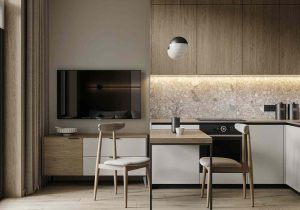
Challenges of Small Kitchens
Small kitchens come with their unique set of challenges, such as limited counter space, storage issues, and the need for efficient organisation. However, with the right modular design, these challenges can be turned into opportunities.
Design Strategies for Small Modular Kitchens
- Vertical Storage: Utilise vertical space with tall cabinets and shelving to maximise storage.
- Pull-out Cabinets and Drawers: Opt for cabinets and drawers that can be pulled out to reveal hidden storage, making it easier to access items.
- Light Colours: Light-coloured cabinets and walls can make a small kitchen appear larger and brighter.
- Compact Appliances: Choose compact and multi functional appliances that fit seamlessly into the design without overwhelming the space.
Modular Kitchen Layouts for Small Spaces
- Single Wall Layout: All kitchen components are arranged along a single wall, maximising floor space.
- L-Shaped Layout: Ideal for small kitchens, the L-shaped design makes efficient use of corners and provides ample counter space.
Storage Solutions for Small Modular Kitchens
- Pull-out Pantries: These narrow, vertical pull-out shelves are perfect for storing dry goods and spices.
- Corner Cabinets: Lazy Susans or pull-out trays can optimise corner spaces.
- Under-cabinet Shelves: Utilise the space beneath cabinets for additional storage.
Colour Schemes for Small Modular Kitchens
Light and neutral colour schemes work best for small kitchens. Shades of white, beige, or light pastels can create an illusion of space and openness.
L-Shape Modular Kitchen Design
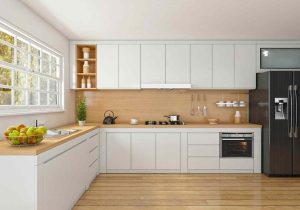
Advantages of L-Shape Modular Kitchens
- Efficient Use of Space: The L-shape design optimally utilise corners, providing ample counter space and storage.
- Flexible Layout: Suitable for both small and large kitchens, the L-shape design can adapt to different spaces.
- Separation of Work Zones: The layout naturally divides the kitchen into distinct zones for cooking, cleaning, and preparation.
Design Elements for L-Shape Modular Kitchens
- Island or Breakfast Bar: An optional addition, an island or breakfast bar can enhance the functionality and aesthetics of an L-shape kitchen.
- Appliance Placement: Strategically place appliances like the stove, sink, and refrigerator to create a smooth workflow.
- Open Shelving: Incorporate open shelves for a modern and airy feel. This also provides a convenient storage solution for frequently used items.
Colour Palette for L-Shape Modular Kitchens
- Contrasting Colours: Consider using contrasting colours for cabinets and counter tops to add visual interest.
- Two-Tone Cabinets: Opt for two-tone cabinets, with upper cabinets in one colour and lower cabinets in another, to create a balanced look.
L-Shape Modular Kitchen with Island
For larger spaces, adding an island to an L-shape modular kitchen can elevate the design. The island can serve as an additional workspace, dining area, or even house extra storage.
Indian Style Small Modular Kitchen Design
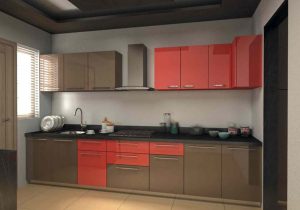
Incorporating Indian Elements
- Colourful Accents: Infuse vibrant colours inspired by Indian culture into the design, either through the use of accessories or accent walls.
- Traditional Patterns: Consider incorporating traditional patterns, such as paisley or mandala motifs, into tiles, backsplashes, or even cabinet designs.
Compact Design for Indian Style Kitchens
- Jali Work: Traditional jali work can be integrated into cabinet doors to add a touch of Indian aesthetics.
- Brass or Copper Accents: Use brass or copper accessories for handles, faucets, and light fixtures to bring a hint of Indian charm.
Cultural Fusion in Design
- Blend of Styles: Combine modern modular elements with traditional Indian design elements for a unique and eclectic look.
- Use of Wood: Incorporate wooden finishes for cabinets or counter tops to add warmth and a touch of rustic charm.
Trends in Modular Kitchen Design
Smart Kitchens
The integration of technology into kitchens is a growing trend. Smart appliances, automated lighting, and touch less faucets are becoming increasingly popular for their convenience and efficiency.
Sustainable Materials
As environmental consciousness grows, there is a shift towards using sustainable and eco-friendly materials in modular kitchen designs. Bamboo, reclaimed wood, and recycled materials are gaining popularity.
Open Shelving
Open shelving is making a comeback in modern kitchen design. It adds a sense of openness and can be used to showcase stylish kitchenware.
Bold Colours and Patterns
While neutral colours remain popular, there is a rising trend in using bold colours and patterns for kitchen cabinets and backsplashes to add personality to the space.
Designing Your Dream Modular Kitchen
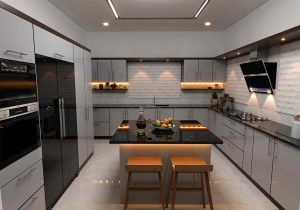
Professional Consultation
Engaging the services of a professional kitchen designer can greatly contribute to the success of your modular kitchen project. They can provide insights into layout optimisation, colour schemes, and material selection.
Budget Considerations
Modular kitchens come in a range of budgets. It’s crucial to establish a realistic budget before beginning the design process. This includes considering the cost of materials, appliances, and professional installation.
Quality of Materials
Investing in high-quality materials is essential for the longevity and durability of your modular kitchen. While budget considerations are important, compromising on the quality of materials may lead to maintenance issues in the long run.
Maintenance and Care
Regular Cleaning Routine
Maintaining the cleanliness of your modular kitchen is essential for both hygiene and aesthetic reasons. Regularly clean countertops, cabinets, and appliances to prevent the build-up of dirt and grime.
Appliance Maintenance
Follow manufacturer guidelines for the maintenance of kitchen appliances. Regularly check for signs of wear and tear and address any issues promptly to ensure the smooth functioning of your kitchen.
Preventive Measures
Take preventive measures to avoid damage. Use cutting boards to protect counter tops, avoid placing hot pans directly on surfaces, and promptly clean up spills to prevent stains.
Conclusion
In the dynamic world of interior design, modular kitchens stand out as a testament to the marriage of functionality and style. From the ingenious utilisation of space in small modular kitchens to the elegance of the L-shape modular kitchen, and the infusion of Indian aesthetics, there’s a design approach for every taste and requirement.
As you embark on the journey of transforming your kitchen into a modular marvel, remember that thoughtful planning, attention to detail, and a touch of personal style can result in a kitchen that not only serves as a practical workspace but also as a stylish focal point of your home. So, whether you’re drawn to the sleek modernity of modular designs or the timeless appeal of Indian influences, let your kitchen become a canvas for culinary creativity and design innovation.







